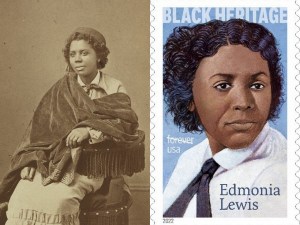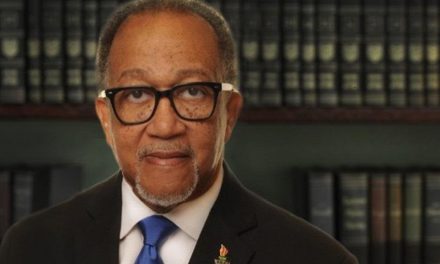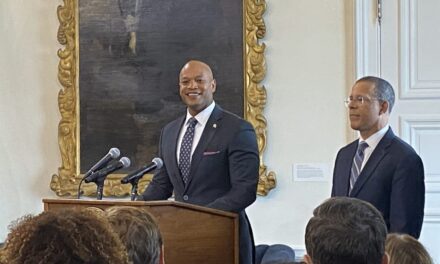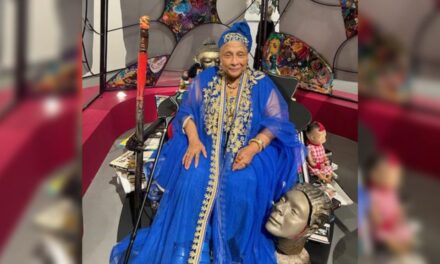
By AFRO Staff
A new stamp honoring Edmonia Lewis, a pioneering African-American and Native American sculptor who surmounted racial and gender barriers to earn international acclaim, will begin circulation Jan. 26, according to the U.S. Postal Service.
The USPS will honor Lewis as “first African American and Native American sculptor to earn international recognition” during a first-day-of-issue ceremony at the Smithsonian American Art Museum in Washington, D.C., which is free and open to the public.
“It’s impossible to overstate her significance and that’s becoming more and more clear as we see she really was something new under the sun,” Marilyn Richardson, a Massachusetts-based art consultant who spent decades tracking down and authenticating Lewis’ artworks around the world, told the New York Post. “We’ve never seen a woman of color who also identified as native both in her descent and in her work.”
Lewis was born in 1844 to an African American father and Chippewa (Ojibwa) Indian mother in Greenbush, New York. Orphaned at an early age, Lewis was reared with her mother’s tribe, where her life revolved around fishing, swimming, and making and selling crafts. With help from her older brother – who reportedly had struck it rich in the California gold rush – Lewis left New York in 1859 and enrolled at Ohio’s Oberlin College, a liberal, pro-abolition institution. Even there, however, Lewis could not escape the specter of racism. Accused of poisoning two White classmates, she was badly beaten by a White mob. And, while the charges were dropped due to lack of evidence, she continued to face hostility and had to flee the school.
Lewis fled to Boston where she established herself as a professional artist, studying with a local sculptor and creating portraits of abolitionist heroes. Despite her modest success, Lewis chafed under the restriction of being a “colored girl” in the United States. In 1865, she relocated to Rome, joining a welcoming community of expatriate artists and began to work in marble. Adopting a neoclassical style, Lewis built a successful career, creating complexed art inspired by her Roman Catholic beliefs, classical mythology, African-American history and her Native American ancestry.
And, as with other successful Blacks, Lewis’ achievements came with extra effort: “Sculptors usually hired local workmen to carve their final pieces, but Lewis did all her own stonework out of fear that if she didn’t, her work would not be accepted as original,” according to the Smithsonian American Art Museum.

Despite her unprecedented success, Lewis died in relative obscurity in 1907 in London. And, with her death, interest in and recognition of her works also died. But that was to be expected, historians say.
“Women back then and people of color were basically forgotten if they had no way to have their legacy carried forward,” Bobbie Reno, a town historian in East Greenbush, N.Y., who has been advocating for Lewis’ recognition, told the Post.
“I had never heard of her, and then when I started to dig into her life everything about her just blew me away,” she said. “She lived in two cultures and didn’t let any obstacles stop her from doing what she did.”
The Edmonia Lewis stamp is the 45th in the Black Heritage series. The stamp art is a casein-paint portrait based on a photograph of Lewis by Augustus Marshall made in Boston between 1864 and 1871. It will be issued in panes of 20.
Help us Continue to tell OUR Story and join the AFRO family as a member – subscribers are now members! Join here!
The post New stamp to honor pioneering Black-Native American sculptress Edmonia Lewis appeared first on AFRO American Newspapers .











